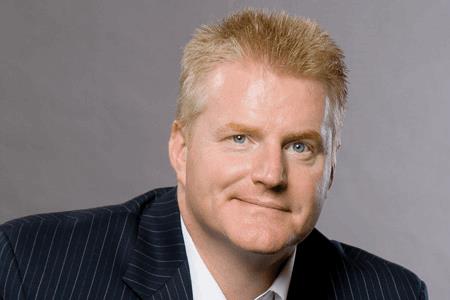And The Magic 8 Ball Says...
By Rob Wright, Chief Editor, Life Science Leader
Follow Me On Twitter @RfwrightLSL
 Remember the Magic 8 Ball, a fortune-telling device/toy developed in the 1950s? Manufactured by Mattel, the toy’s “advice” is generated at random through a 20-sided die that floats inside a cylinder of blue liquid. Asking a question aloud, the person holding the Magic 8 Ball then turns it over, and the die surfaces to a window where its answer can be read. But could the Magic 8 Ball have predicted it would still be going strong today, or that it would be available as an online oracle and an official App on iTunes? “Reply hazy try again” is one of the 20 possible responses it might provide.
Remember the Magic 8 Ball, a fortune-telling device/toy developed in the 1950s? Manufactured by Mattel, the toy’s “advice” is generated at random through a 20-sided die that floats inside a cylinder of blue liquid. Asking a question aloud, the person holding the Magic 8 Ball then turns it over, and the die surfaces to a window where its answer can be read. But could the Magic 8 Ball have predicted it would still be going strong today, or that it would be available as an online oracle and an official App on iTunes? “Reply hazy try again” is one of the 20 possible responses it might provide.
The art of prophecy (by supernatural means) is often referred to as soothsaying and carries a dubious reputation. While there are plenty of soothsayers who remarkably miss, there are others whose predictions are frighteningly accurate. For example, in 1964 Isaac Asimov ventured a guess at what you might find if you set foot inside the 2014 World’s Fair. Now, despite the fact that a World’s Fair did not happen that year, some of his forecasts were spot on:
- Kitchen units will be devised that will prepare “automeals,” heating water and converting it to coffee.
- Much effort will be put into the designing of vehicles with “robot brains.”
- Synchronous satellites, hovering in space, will make it possible for you to direct-dial any spot on earth.
You can find another fascinating example of accurate predictions in the movie Steve Jobs, which begins with a 1974 interview of Arthur C. Clarke (the science fiction writer behind 2001: A Space Odyssey), who predicted by 2001:
- Every home will have a computer that is connected to the world.
- You’ll be able to check your bank statements, make theater reservations, etc., and we will take it all for granted.
- Computers will enrich our society and let us conduct business from wherever we like, allowing us to live away from major cities.
The difference between soothsaying and the above examples are chance guessing versus highly educated deduction. At Life Science Leader we prefer to hedge our bets — steering toward the latter. That’s why in this 2017 Outlook issue you will see some of the most well-known and highly regarded industry thought leaders and their forecasts. Inside you will find biopharmaceutical executives from Allergan, AstraZeneca, Bayer, Celgene, J&J, Novartis, Pfizer, Sanofi, Shire, and more. But we didn’t stop there, because you only need to look at this year’s U.S. presidential election to realize that even insiders can be surprised from time to time. For example, former CNN chief political correspondent Candy Crowley admits to having expected Donald Trump’s campaign to have faded long before the Republican National Convention. So in addition to industry insiders, we also invited other highly regarded experts, such as a public policy, pharmacy, and economics professor; executives from health insurers, and so on. For if you want to get close to nailing a prognostication, ask yourself — is it better to ask those who are following the trends or a wide variety of those who set them. The number of thought leaders in this month’s signature issue is unprecedented and the result of a lot of hard work by a very talented Life Science Leader editorial team. And while we hope you enjoy it, we trust we can count on your participation to make next year’s issue even better.
